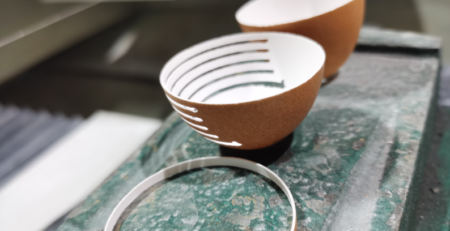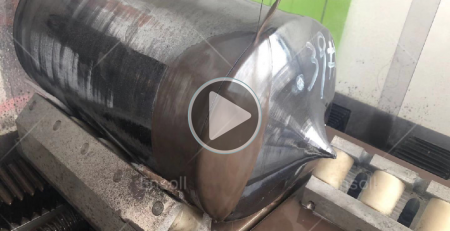Fabrication de lentilles optiques
le verre optique is mixed with the oxides of high-purity silicon, bore, sodium, potassium, zinc, conduire, magnésium, calcium, baryum et autres oxydes selon une formule spécifique, fondu dans un creuset en platine à haute température, et agité uniformément avec une onde ultrasonique pour éliminer les bulles; Puis refroidir lentement pendant une longue période pour éviter le stress interne du bloc de verre. Le bloc de verre refroidi doit être mesuré par des instruments optiques pour vérifier si la pureté, transparence, uniformity, refractive index and dispersion index meet the specifications. The qualified glass block is heated and forged to form optical lens rough embryo.
Optical lenses are lenses made of optical glass, in the optical lens production line, the raw material optical glass is sent to a specific workshop for inspection through cutting, rough grinding, fine grinding, polishing, edge grinding, edge cutting and other processes.
Dans le passé, most of the original lenses were cut by internal diameter cutting machines, but the appearance of wire loop saw replaced the internal diameter cutting machine, with higher cutting efficiency.
Video of cutting optical glass with wire loop saw:
https://www.youtube.com/watch?v=rAhEhh7njIA
In addition to being used for eye lenses, optical lenses can also be used for lens lenses. Optical lenses can be divided into: security monitoring (ITS, vehicle-mounted monitoring), mobile phone photography, machine vision (FA, line scanning, telecentric, 3D structured light, color selection), digital camera, cinematography, industrial detection (biometric identification, skin detection, TOF), UAV aerial photography, projector, scanner, aerial camera, AR/VR, motion DV Thermal imaging and so on, the application industry has been expanding in recent years.



